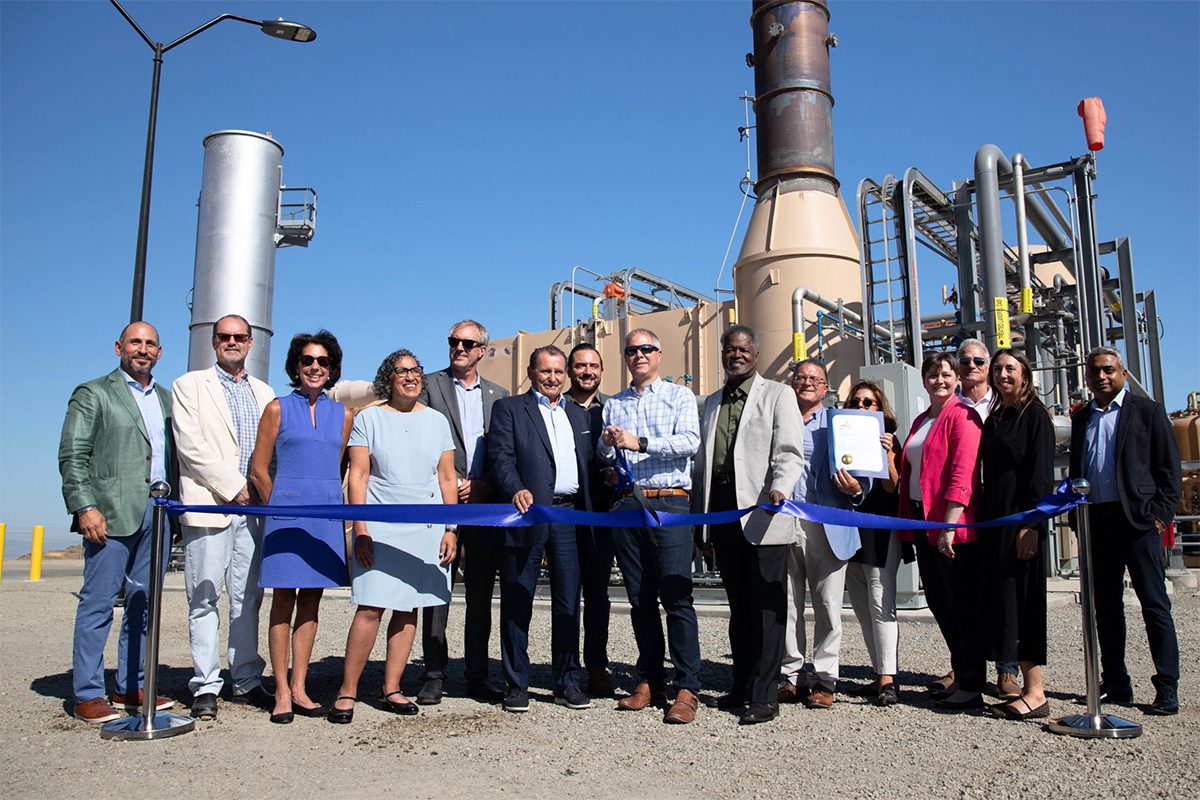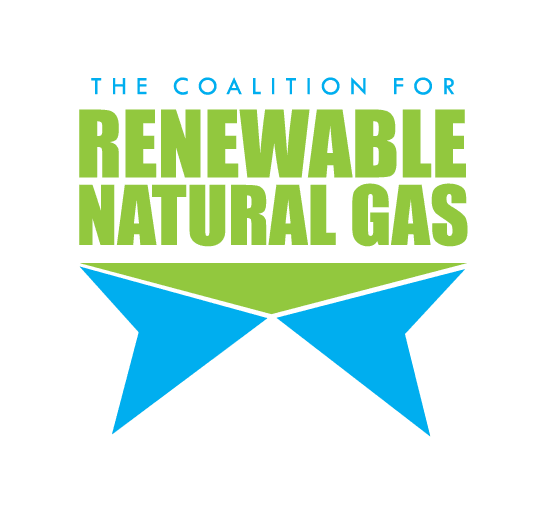California is setting a powerful example in its pursuit of a low-carbon future with the recent launch of a major renewable natural gas (RNG) facility at the Keller Canyon Landfill — the state’s largest landfill gas-to-RNG facility to date.
This collaboration between Ameresco, Republic Services, and Pacific Gas & Electric (PG&E) turns landfill waste into a sustainable replacement for fossil fuels, showing how transformative energy solutions can take root and grow across California and North America writ large. Today, Keller Canyon is converting up to 4,500 cubic feet of landfill gas per minute into around 1 billion cubic feet of RNG every year. Think about that. That’s preventing 62,000 metric tons of greenhouse gases from entering the atmosphere each year—the same as taking 30,000 cars off the road. And when we see the potential in projects like this, it becomes clear: this isn’t just about reducing waste. It’s about rethinking waste as a valuable resource that can help power the future we want to build, while reducing our reliance on fossil fuels.
This journey hasn’t been simple or easy. Years ago, well-meaning regulations aimed at managing landfill emissions unintentionally placed obstacles in RNG’s path. But through persistence, tireless advocacy and thoughtful policymaking, RNG has emerged as an impactful clean energy technology, recognized by the U.S. Environmental Protection Agency, the Intergovernmental Panel on Climate Change and other leading energy authorities as a lynchpin of any holistic energy transition portfolio.
Facilities like Keller Canyon are now demonstrating that the hard work of aligning policy with innovation can create tangible change to our energy system; the facility’s October 2 opening ceremony, attended by luminaries from the California State Legislature, California Air Resources Board and the California Energy Commission, among others, signaled the widespread support for this change.
Attending this ceremony on behalf of the RNG Coalition, I felt an immense sense of pride at just how far our industry has come in such a short time. Across North America today, 435 RNG facilities are operating, with hundreds more on the way in the near term — an achievement that few could foresee during the RNG Coalition’s founding in 2011, when there were just 31 facilities up-and-running across the country.
Here in California, RNG has already become central to a clean energy strategy that inspires and challenges us all to do more, as utilities like PG&E pursue ambitions to procure enough RNG to displace around 12% of all gas directed toward residences and small businesses by 2030. RNG has already helped reshape the state’s transportation market, with this ultra-low-carbon fuel contributing toward the displacement of more than 50% of California’s diesel pool with cleaner alternatives, due partly to support from the state’s model Low Carbon Fuel Standard (LCFS) program. Real change is happening in California, and in states and provinces across North America.
The story of Keller Canyon is about much more than a single project. It’s a shift in perspective. It’s the kind of landmark that augments how we think about waste, energy, and what’s possible when corporate stakeholders, policymakers and local communities come together with a shared sense of purpose.
Together, we can and will build many more RNG facilities like Keller Canyon, as we pursue a cleaner, more sustainable society for current and future generations.



